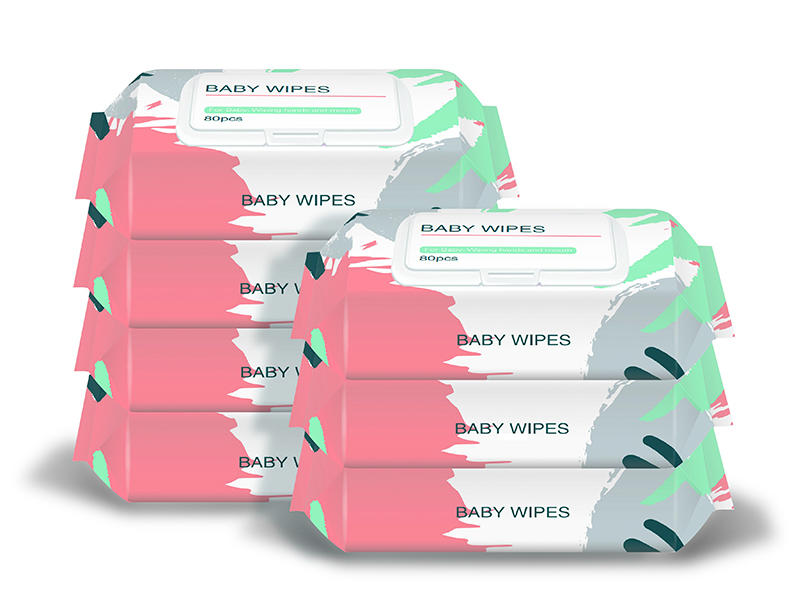PP spunbond nonwoven fabric for mask is a critical material in the production of protective face masks, particularly in surgical, medical, and everyday-use masks. Its role in the layered structure of masks is essential for ensuring comfort, breathability, and filtration efficiency. Unlike woven fabrics, nonwoven materials like PP spunbond are manufactured through an extrusion process, creating a web of fibers bonded together without weaving. This structure provides unique advantages in mask manufacturing, including uniformity, lightweight properties, and cost-effectiveness.
The layered design of a mask typically consists of multiple materials, each serving a distinct purpose. PP spunbond nonwoven fabric for mask is commonly used as the outer and inner layers, while other materials like meltblown fabric may serve as the middle filtration layer.
The basic structure of a mask and the position of PP spunbond nonwoven fabric
A standard mask is composed of three primary layers:
- Outer layer (hydrophobic layer) – Typically made of PP spunbond nonwoven fabric, this layer repels water, droplets, and large particles.
- Middle layer (filtration layer) – Often meltblown fabric, this layer provides electrostatic filtration for fine particles and microorganisms.
- Inner layer (comfort layer) – Usually another PP spunbond nonwoven fabric, this layer is skin-friendly and absorbs moisture from exhaled air.
The PP spunbond nonwoven fabric for mask plays a crucial role in both the outer and inner layers. Its hydrophobic nature makes it ideal for blocking external contaminants, while its soft texture ensures comfort against the skin. The middle layer, if included, is responsible for enhanced filtration, but the PP spunbond layers provide structural integrity and basic protection.
Key functions of PP spunbond nonwoven fabric in masks
1. Barrier protection against droplets and particles
The primary role of PP spunbond nonwoven fabric for mask is to act as a physical barrier. The tightly bonded fibers prevent large droplets, dust, and airborne particles from passing through. Since the outer layer is hydrophobic, it effectively repels liquids, reducing the risk of contamination from respiratory droplets.
2. Breathability and comfort
Despite its filtration capabilities, PP spunbond nonwoven fabric for mask maintains good air permeability. The nonwoven structure allows for controlled airflow, ensuring that the wearer can breathe comfortably without excessive resistance. This balance between protection and breathability is crucial for prolonged use.
3. Structural support and durability
Masks must maintain their shape and integrity during use. PP spunbond nonwoven fabric provides mechanical strength, preventing the mask from collapsing or tearing easily. Its durability ensures that the mask remains functional even with frequent adjustments.
4. Skin-friendly properties
The inner layer of PP spunbond nonwoven fabric for mask is designed to be soft and non-irritating. Unlike some synthetic materials, high-quality spunbond fabric minimizes friction and reduces the risk of skin allergies, making it suitable for sensitive skin.
5. Cost-effectiveness and manufacturability
PP spunbond nonwoven fabric is widely used because it is economical to produce while meeting industry standards. Its manufacturing process allows for high-speed production, making it a preferred choice for disposable masks.
Comparison with other mask materials
While PP spunbond nonwoven fabric for mask is dominant in outer and inner layers, other materials like meltblown fabric, cotton, and activated carbon are sometimes used for specialized purposes. Below is a brief comparison:
| Material | Common Use in Masks | Key Properties |
|---|---|---|
| PP spunbond nonwoven | Outer/inner layers | Hydrophobic, breathable, durable |
| Meltblown fabric | Middle filtration layer | Electrostatic filtration, fine particle blocking |
| Cotton | Cloth masks | Comfortable but less effective in filtration |
| Activated carbon | Specialized masks | Odor and chemical absorption |
Unlike meltblown fabric, PP spunbond does not provide electrostatic filtration, but it offers better structural support. Cotton is softer but lacks the water resistance of spunbond fabric. Therefore, PP spunbond nonwoven fabric remains indispensable in most medical and disposable mask designs.
Manufacturing considerations for optimal performance
The effectiveness of PP spunbond nonwoven fabric for mask depends on several manufacturing factors:
- Fiber thickness and density – Finer fibers improve filtration but may reduce breathability if too dense.
- Weight (gsm) – Heavier fabrics (e.g., 50 gsm) offer better durability, while lighter ones (e.g., 25 gsm) enhance breathability.
- Hydrophobic treatment – Additional coatings can enhance liquid repellency.
- Sterilization methods – Gamma irradiation or ethylene oxide treatment ensures the fabric is free from pathogens.
Manufacturers must balance these factors to meet regulatory standards (e.g., ASTM, EN, or GB requirements) while ensuring user comfort.
Regulatory and industry standards
PP spunbond nonwoven fabric for mask must comply with various international standards, such as:
- ASTM F2100 (for medical face masks)
- EN 14683 (European standard for surgical masks)
- GB/T 32610 (Chinese standard for daily protective masks)
These standards define parameters like bacterial filtration efficiency (BFE), particle filtration efficiency (PFE), breathability, and splash resistance. PP spunbond nonwoven fabric contributes significantly to meeting these benchmarks, especially in fluid resistance and breathability tests.
Future trends and developments
As mask technology evolves, improvements in PP spunbond nonwoven fabric for mask are expected in:
- Enhanced filtration – Combining spunbond with nanofiber layers for better particle blocking.
- Sustainability – Developing biodegradable or recyclable spunbond materials.
- Antiviral treatments – Incorporating antimicrobial agents into the fabric.
These advancements will further solidify the role of PP spunbond nonwoven fabric in mask production while addressing environmental concerns.
PP spunbond nonwoven fabric for mask is a fundamental component in the layered structure of masks, providing essential barrier protection, breathability, and comfort. Its use in both outer and inner layers ensures structural integrity while meeting regulatory standards for medical and everyday masks. As material science progresses, innovations in PP spunbond technology will continue to enhance mask performance, making it an enduring choice in personal protective equipment.
By understanding its role, manufacturers and consumers can make informed decisions about mask selection and usage, ensuring both safety and comfort in various environments.


 中文简体
中文简体 English
English Беларуская
Беларуская 한국어
한국어 Français
Français 日本語
日本語 русский
русский Español
Español












